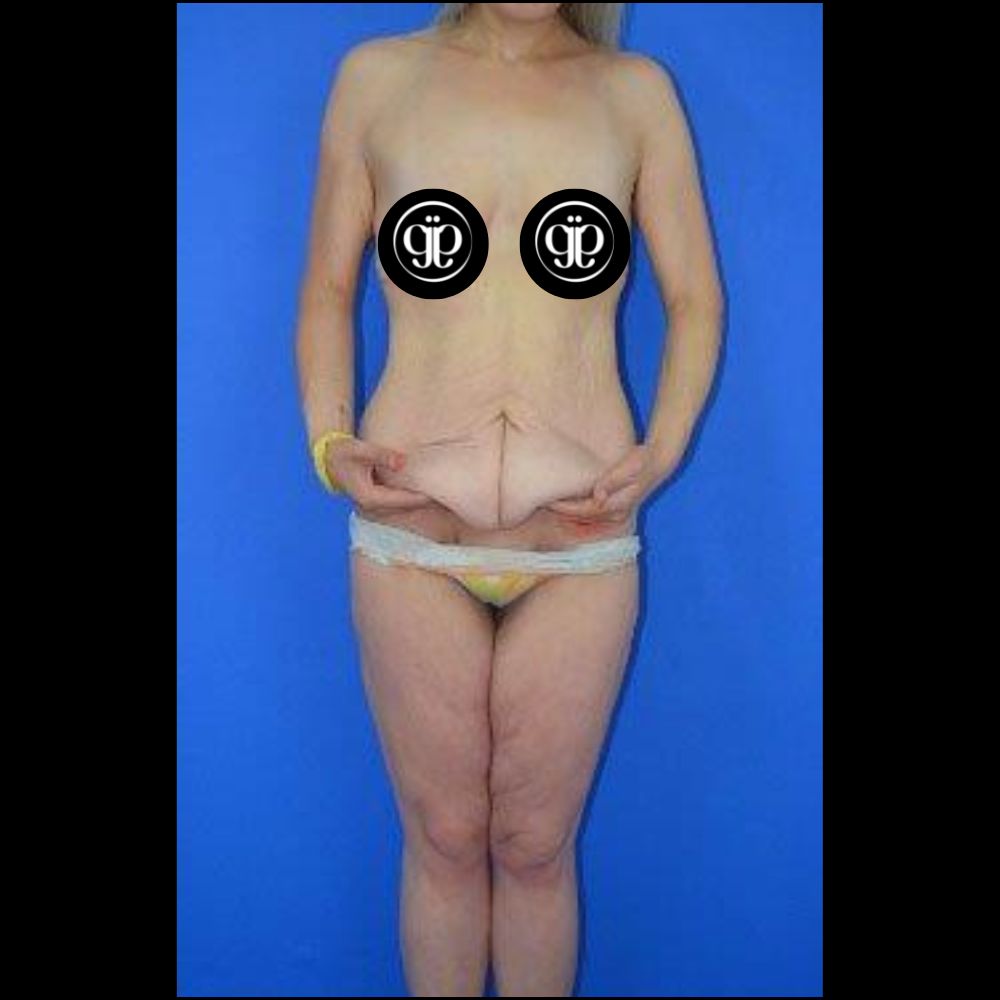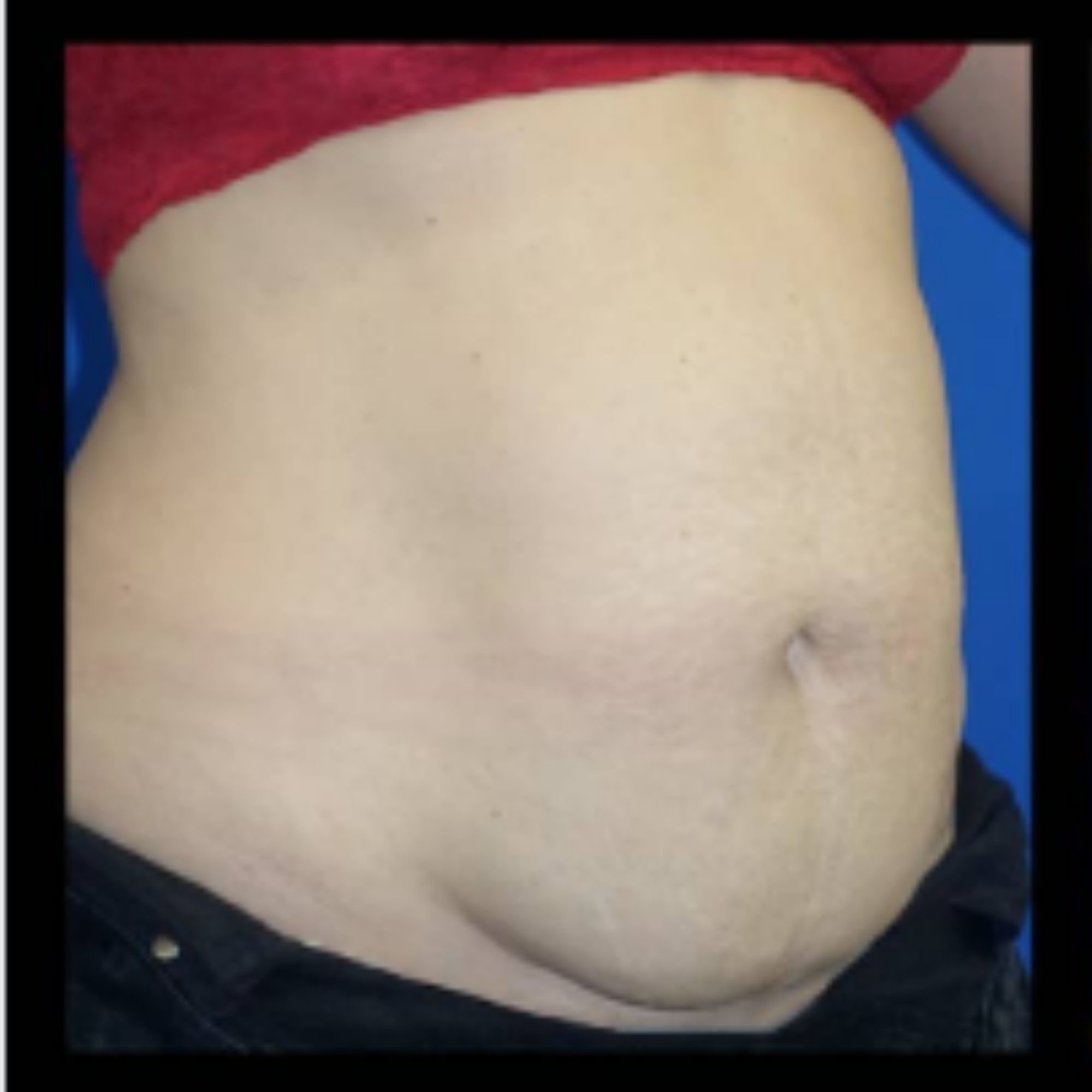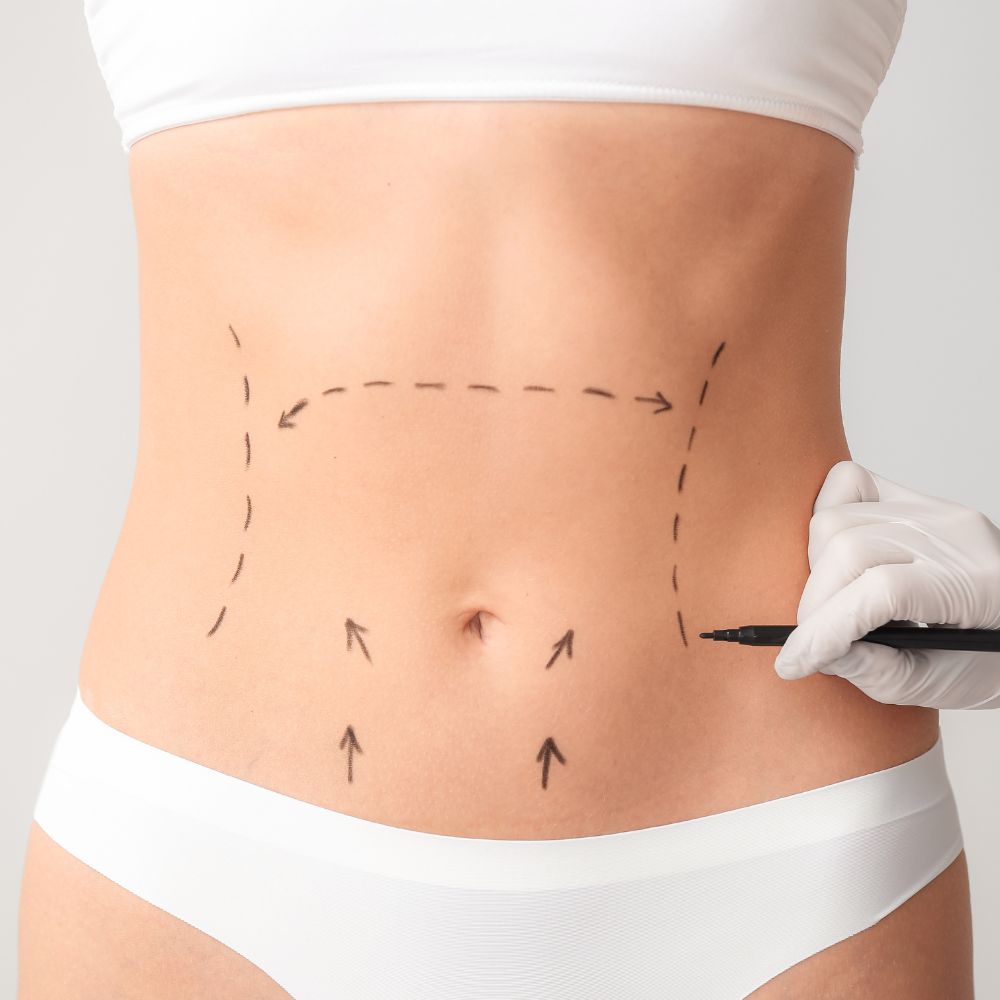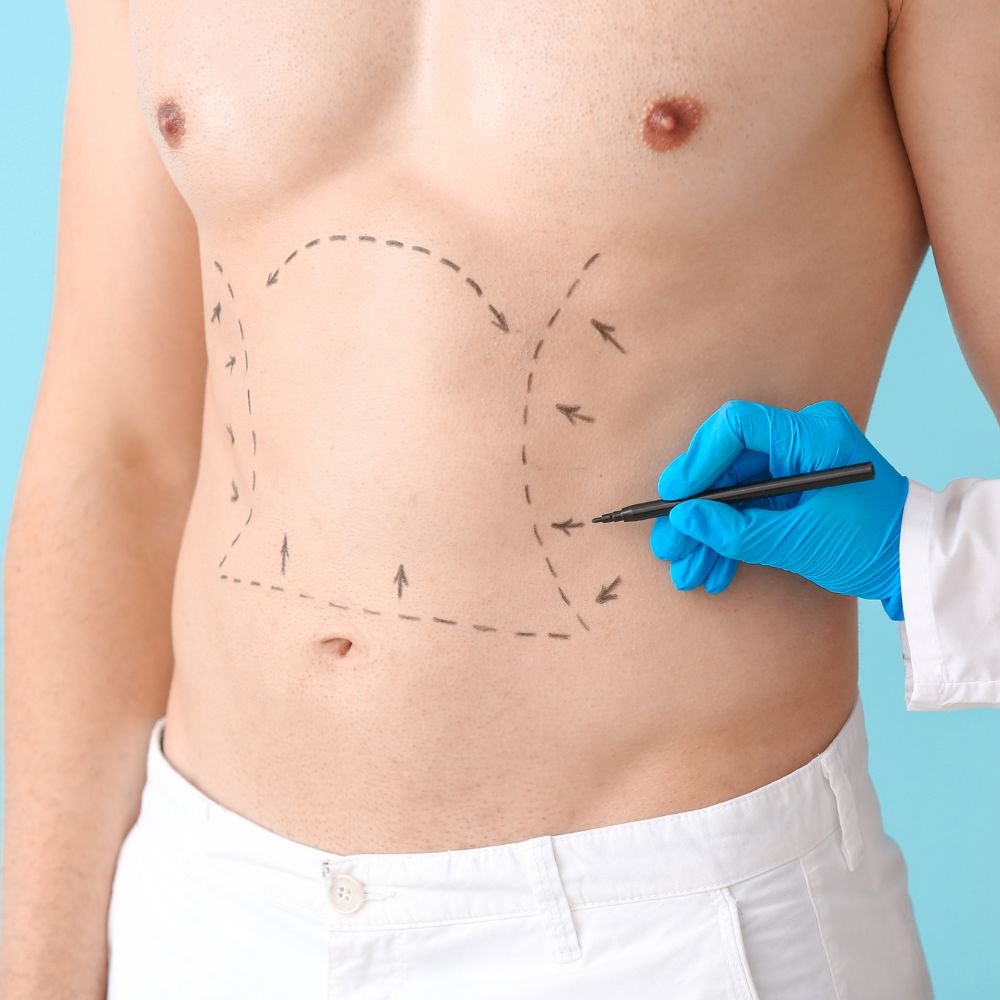Abdominoplasty
A flat and well-toned abdomen is something many of us strive for through exercise and weight control. Yet, whilst this is always a good place to start, sometimes these methods do not achieve our aesthetic goals. Due to a number of factors – such as pregnancy, ageing, weight fluctuations or hereditary tendencies – even individuals with a normal body weight and well-balanced proportions can develop a protruding abdomen or a tummy which is loose and sagging.
A tummy tuck, technically referred to as an abdominoplasty, can offer the ideal solution. This procedure removes excess fat and skin, and in most cases restores weakened or separated muscles by creating an abdominal profile that is smoother and firmer. Whilst a tummy tuck is by no means a substitute for weight loss or an appropriate exercise program, it can certainly help to correct abdominal conditions that cannot be rectified by natural means, thus giving you the opportunity to finally achieve that much-coveted, smooth tummy look.
Due to the nature of the procedure, a consultation is required for personalised quotes
Proven Success












Typical Uses
An abdominoplasty is the ideal procedure for:
- Removing excess fat and skin
- restoring weakened or separated muscles
- Creating a smoother and firmer abdominal profile
Abdominoplasty is a highly individualized procedure and you should do it for yourself, not to fulfil someone else’s desires or to try to fit any sort of ideal image. Nevertheless, this procedure can help improve your overall appearance through a well-toned and smooth abdomen.




What It Entails
A full tummy tuck will require a horizontally-oriented incision in the area between the pubic hairline and navel. The shape and length of the incision will be determined by the degree of correction necessary. Through this incision, weakened abdominal muscles are repaired and sutured and excess fat, tissue and skin is removed. A second incision around the navel may be necessary to remove excess skin in the upper abdomen.
How It Works
1.During the consultation
If you are interested in getting an abdominoplasty, you should start by booking a consultation with our plastic surgeon. During the consultation, you will be able to express what you hope to gain from this surgery and, after reviewing your medical history, our doctor will be able to determine whether you are eligible to undergo this type of procedure. If you are a viable candidate, our doctor will outline the best course of treatment to ensure that you achieve optimal results.
2.During the procedure
During the surgical procedure, medications are first administered for your comfort during the surgical procedures. The choices include intravenous sedation and general anaesthesia, and your doctor will recommend the best choice for you prior to the surgery. Following sedation, the surgeon will proceed to make the required incisions for the tummy tuck allowing him to repair the weakened abdominal muscles and remove any excess fat, tissue and skin. Once the abdominal area has been suitably flattened and smoothed out, the incisions are then reclosed using sutures, skin adhesives, tapes or clip. Overall the procedure takes approximately 3hrs to complete.
3.After the treatment
Following your surgery, dressings or bandages may be applied to your incisions, and you may be wrapped in an elastic bandage or a compression garment to minimise swelling and to support your abdomen as it heals. A small, thin tube may be temporarily placed under the skin to drain any excess blood or fluid that may collect.
How It Works
If you are interested in getting an abdominoplasty, you should start by booking a consultation with our plastic surgeon. During the consultation, you will be able to express what you hope to gain from this surgery and, after reviewing your medical history, our doctor will be able to determine whether you are eligible to undergo this type of procedure. If you are a viable candidate, our doctor will outline the best course of treatment to ensure that you achieve optimal results. Prior to the surgery, you may be asked to get a medical evaluation, take certain medications or adjust your current medications, refrain from smoking and avoid ingesting drugs that may increase bleeding.
During the surgical procedure, medications are first administered for your comfort during the surgical procedures. The choices include intravenous sedation and general anaesthesia, and your doctor will recommend the best choice for you prior to the surgery. Following sedation, the surgeon will proceed to make the required incisions for the tummy tuck allowing him to repair the weakened abdominal muscles and remove any excess fat, tissue and skin. Once the abdominal area has been suitably flattened and smoothed out, the incisions are then reclosed using sutures, skin adhesives, tapes or clip. Overall the procedure takes approximately 3hrs to complete.
Following your surgery, dressings or bandages may be applied to your incisions, and you may be wrapped in an elastic bandage or a compression garment to minimise swelling and to support your abdomen as it heals. A small, thin tube may be temporarily placed under the skin to drain any excess blood or fluid that may collect. Before you go home to recover, you will be given specific instructions on: how to care for your surgical site(s) following surgery, what medications to apply or take orally to promote healing and reduce the risk of infection, specific concerns to look for at the surgical site or in your general health, and when to follow up with your plastic surgeon.
Frequently Asked Questions
As with any procedure, side effects may occur, and the risks and potential complications will be discussed in detail during the initial consultation. Possible risks may include:
- Unfavourable scarring
- Bleeding (hemotoma)
- infection
- Fluid accumulation
- Poor wound healing
- Skin loss
- Blood clots
- Numbness and other changes in skin sensation
- Anesthesia risks
- Skin discolouration and/or prolonged swelling
- Fatty tissue found deep in the skin might die (fat necrosis)
- Major wound separation
- Asymmetry
- Recurrent looseness of skin
- Pain, which may persist
- Deep vein thrombosis, cardiac and pulmonary complications
- Persistent swelling in the legs
- Nerve damage
- Possibility of revisional surgery
- Suboptimal aesthetic result
Post-surgery you will need time to recover before resuming normal activities. If your abdominoplasty is performed on an outpatient basis, be sure to arrange for someone to drive you to and from surgery and to stay with you for at least the first night following surgery.
An abdominoplasty is a good option for you if:
- You are physically healthy and at a stable weight
- You have realistic expectations
- You are a non-smoker
- You are bothered by the feeling that your tummy is too large
Use this checklist as a guide during your consultation:
- Am I a good candidate for this procedure?
- What will be expected of me to get the best results?
- Where and how will you perform my procedure?
- What surgical technique is recommended for me?
- How long of a recovery period can I expect and what kind of help will I need during my recovery?
- What are the risks and complications associated with my procedure?
- How are complications handled?
- How can I expect to look over time? After pregnancy?
- What are my options if I am dissatisfied with the cosmetic outcome of my tummy tuck?
- Do you have before-and-after photos I can look at for this procedure and what results are reasonable for me?


Follow-Up Procedures
After getting an abdominoplasty, follow up sessions may be needed to monitor your recovery. In some cases, when individuals also wish to get rid of stubborn belly fat, a tummy tuck is best combined with liposculpture for optimal results.


